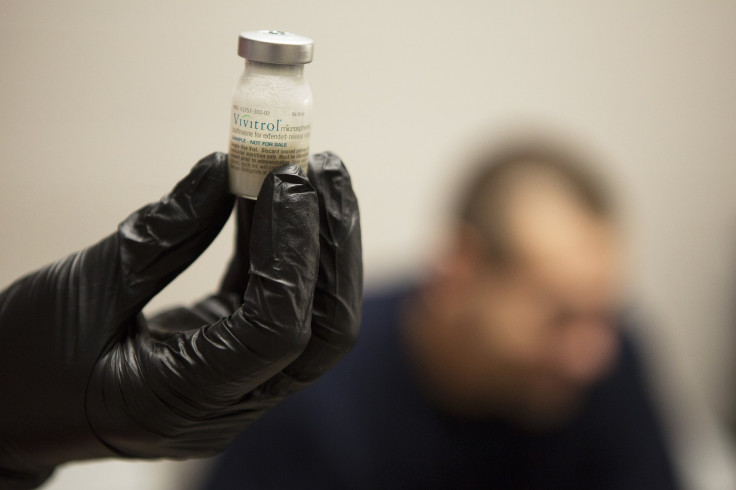Opioid Abuse 2015: Prescription Drug Use, Deaths Increase In The United States While Prescriptions Fall

While prescription opioid use for nonmedical reasons reportedly fell in the decade between 2003 and 2013, the overall rates of usage disorders and deaths from misuse of the drugs rose at the same time, according to a new study reported by Reuters. The drugs were prescribed more and more in the 2000's, leading to higher intensity level usage.
"The results [of the study] underscore the importance of addressing the prescription opioid crisis,” Dr. Beth Han, the lead author of the study and employee at the Substance Abuse and Mental Health Services Administration in Rockville, Maryland, said in an email.
Rates of non-medical opioid use, which is defined as either using the drugs in a way that they are not prescribed or using drugs prescribed to others, fell during that decade period from 5.4 to 4.9 percent, the study found. At the same time, use disorders rose from 0.6 percent to 0.9 percent and the length of time people reported abusing opioids increased, with more people indicating their misuse lasted more than 200 days increased. Overdose rates involving these drugs increased, too, from 4.5 to 7.8 deaths per 100,000 people, national vital statistics indicated.
There have been attempts recently to address the growing crisis of opioid abuse and misuse. The Center for Disease Control announced in September that $20 million would be allocated to help states combat prescription drug misuse, a trend that has been called an "epidemic." The study will look into safe prescribing practices and how to reduce the availability of opioids that are legally prescribed.
A research letter published with the misuse study also found that during the same survey period, the rate of use of treatment options for opioid misuse did not change. Those treatment options included inpatient and outpatient services, as well as hospital, office and emergency room issues. Jail and self-help options were also considered. During that same time, however, the number of options and settings for seeking help with opioid use did increase.
© Copyright IBTimes 2024. All rights reserved.












